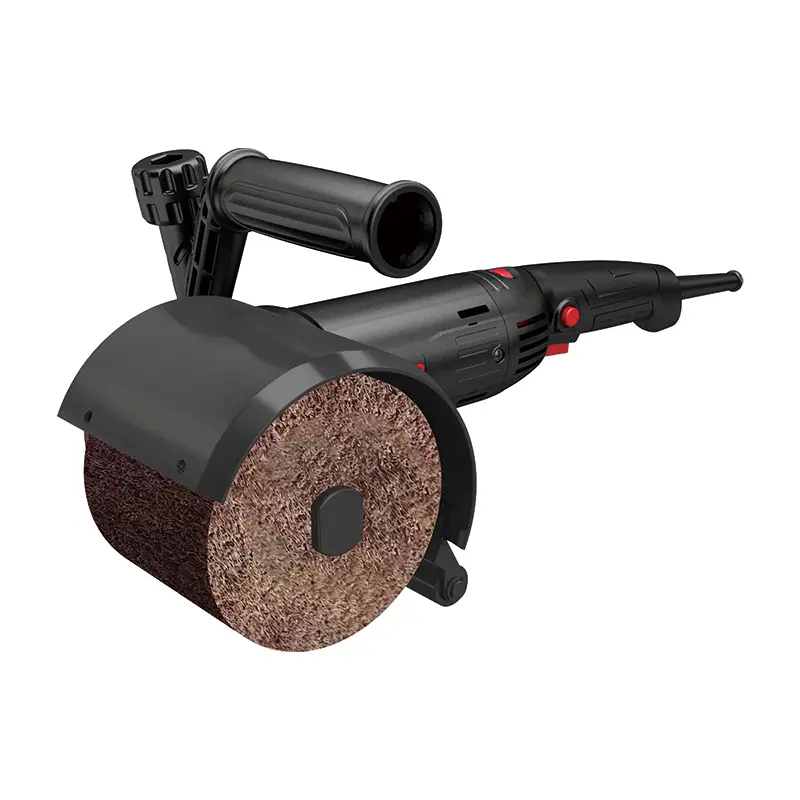During the operation of the wire drawing machine, various fault codes may appear on the equipment, which are direct feedback on the operating status of the equipment. Understanding the meanings of these fault codes and the corresponding solutions is crucial for quickly locating problems, reducing downtime, and enhancing production efficiency. The following are some common fault codes for wire drawing machines and their solutions.
E01: System overheating
Meaning: During the operation of the equipment, the internal temperature exceeds the set safety threshold.
Solution: Check whether the heat dissipation system of the equipment is working properly, clean the heat dissipation channels, and ensure good ventilation. If the cooling fan is damaged, it needs to be replaced in time.
E02: Motor overload
Meaning: During the operation of the motor, the load is too heavy, causing the current to exceed the rated value.
Solution: Check the load condition of the motor to ensure there is no jamming or overload. If the motor is damaged, it needs to be replaced.
E03: Sensor failure
Meaning: The sensor of the equipment (such as temperature sensor, pressure sensor, etc.) malfunctions.
Solution: Check if the connection of the sensor is loose and recalibrate the sensor. If the sensor is damaged, a new one needs to be replaced.
E04: Inverter failure
Meaning: The frequency converter has malfunctioned and cannot operate normally.
Solution: Check whether the input and output voltages of the frequency converter are normal, and clean the dust and debris inside the frequency converter. If the frequency converter is damaged, it needs to be replaced.
E05: Lubrication system failure
Meaning: The lubrication system malfunctions, such as insufficient lubricating oil or blocked oil passage.
Solution: Check the oil level of the lubricating oil and replenish it in time. Clean the oil circuits of the lubrication system to ensure that the lubricating oil can flow normally.
E06: Mold blockage
Meaning: The internal blockage of the wire drawing die leads to poor wire drawing.
Solution: Disassemble the mold and clean the impurities and blockages inside the mold. Check the wear condition of the mold and replace it if necessary.
E07: Traction wheel failure
Meaning: The traction wheel malfunctions, such as wear, jumping or bearing damage.
Solution: Check the wear condition of the traction wheel and replace it if necessary. Check whether the bearings of the traction wheel are damaged. If they are damaged, the bearings need to be replaced.
E08: Unstable winding tension
Meaning: Unstable tension during the wire winding process leads to uneven tightness of the wire.
Solution: Check whether the pressure in the air pressure system is stable and adjust the output signal of the tension sensor. Check whether the feedback data of the encoder of the servo motor is normal.
E09: Transmission system failure
Meaning: Faults occur in the transmission system, such as belt slippage, gear wear or chain loosening.
Solution: Check the tension of the belt and adjust or replace it if necessary. Check the wear of gears and chains and replace them if necessary.
E10: Control system failure
Meaning: The control system malfunctions, such as the operation panel malfunctioning or the control circuit short-circuiting.
Solution: Check whether the buttons and display screen on the operation panel are working properly. Replace the operation panel if necessary. Check whether the connection of the control circuit is loose or short-circuited. Repair or replace the circuit if necessary.
The above are some common fault codes of wire drawing machines and their solutions. In actual operation, when encountering fault codes, one should first conduct a preliminary investigation based on the user manual of the equipment. If necessary, contact professional maintenance personnel for handling. Regular maintenance and upkeep of equipment can effectively reduce the occurrence of malfunctions and extend the service life of the equipment.
Post time: Aug-07-2025

